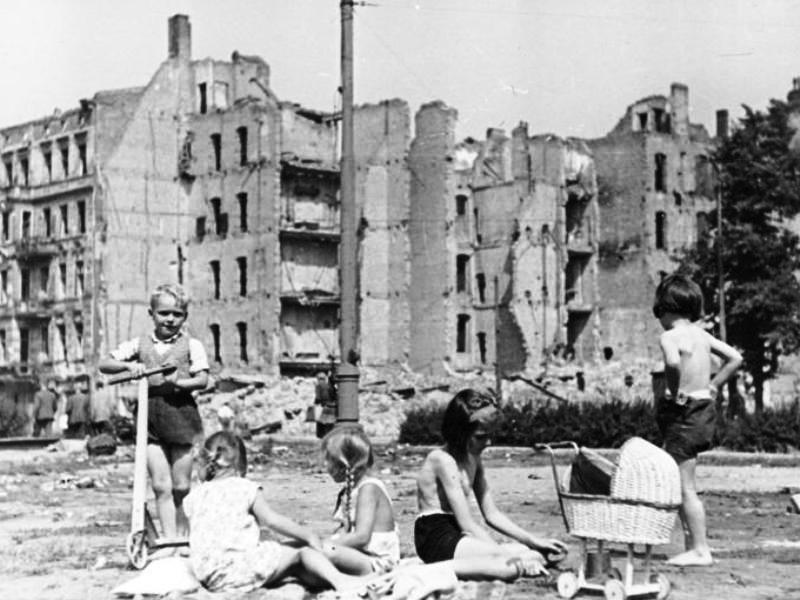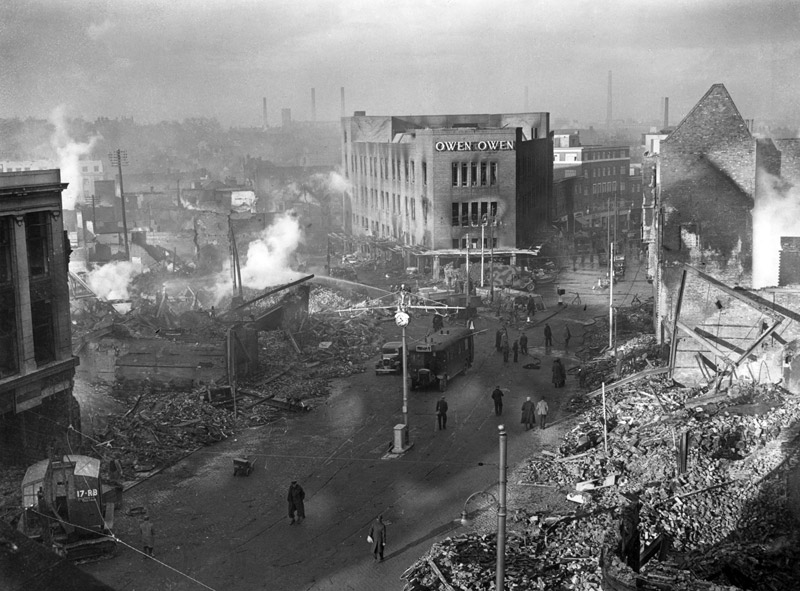
Marching through the streets of downtown Los Angeles, a mob of several thousand soldiers, sailors, and civilians, proceeded to beat up every zoot-suiter they could find. “On Monday evening, June seventh, thousands of Angelenos … turned out for a mass lynching. One eyewitness, writer Carey McWilliams, painted a terrifying picture: Roosevelt-but their pleas met with little action. Leaders of the Mexican American community implored state and local officials to intervene-The Council for Latin American Youth even sent a telegram to President Franklin D.

#Ww2 aftermath disaster drivers
Taxi drivers offered free rides to servicemen to rioting areas, and thousands of military personnel and civilians from San Diego and other parts of Southern California converged on Los Angeles to join the mayhem. The Zoot Suit Riots Spreadīy June 7, the rioting had spread outside downtown Los Angeles to Watts, East Los Angeles and other neighborhoods. Blacks and Filipinos-even those not clad in zoot suits-were also attacked and bloodied.
#Ww2 aftermath disaster movie
Thousands more servicemen, off-duty police officers and civilians joined the fray over the next several days, marching into cafes and movie theaters and beating anyone wearing zoot-suit clothing or hairstyles (duck-tail haircuts were a favorite target and were often cut off). Local police officers often watched from the sidelines, then arrested the victims of the beatings. servicemen took to the streets and began attacking Latinos and stripping them of their suits, leaving them bloodied and half-naked on the sidewalk. In the days that followed, the racially charged atmosphere in Los Angeles exploded in a number of full-scale riots. Naval Reserve Armory marched through downtown Los Angeles carrying clubs and other crude weapons, attacking anyone seen wearing a zoot suit or other racially identified clothing.

Partly in retaliation, on the evening of June 3, about 50 sailors from the local U.S. On May 31, a clash between uniformed servicemen and Mexican American youths resulted in the beating of a U.S. Mexican Americans were serving in the military in high numbers, but many servicemen viewed the zoot-suit wearers as World War II draft dodgers (though many were in fact too young to serve in the military). In the summer of 1943, tensions ran high between zoot-suiters and the large contingent of white sailors, soldiers and Marines stationed in and around Los Angeles. Public indignation seethed as warfare among organized bands of marauders, prowling the streets at night, brought a wave of assaults, finally murders.” The Zoot Suit Riots Begin

The local media was only too happy to fan the flames of racism and moral outrage: On June 2, 1943, the Los Angeles Times reported: “Fresh in the memory of Los Angeles is last year’s surge of gang violence that made the ‘zoot suit’ a badge of delinquency. Servicemen and many other people, however, saw the oversized suits a flagrant and unpatriotic waste of resources. War Production Board regulated the production of civilian clothing containing silk, wool and other essential fabrics.ĭespite these wartime restrictions, many bootleg tailors in Los Angeles, New York and elsewhere continued to make the popular zoot suits, which used profligate amounts of fabric. entry into World War II, wool and other textiles were subject to strict rationing.

#Ww2 aftermath disaster how to
Disaster survivors may apply for federal assistance at, by using the FEMA mobile app, by calling 80 (The Helpline is available 24 hours a day/ 7 days a week at no cost for Guam residents).įor an accessible video on how to apply for assistance, check here.įor information on Guam’s disaster recovery, visit our website.Wartime patriotism didn’t help matters: After the bombing of Pearl Harbor and the U.S. Visiting a disaster recovery center is not the only option to apply for FEMA assistance. Use the DRC Locator to help find the nearest center. Below is the new schedule:Īt a recovery center, Guam residents who were affected by Typhoon Mawar can learn more about FEMA and other federal disaster assistance programs, understand any letters received from FEMA, get answers to questions about applications, or get referrals to agencies that may offer other assistances. All FEMA disaster recovery centers in Guam are adjusting their hours, starting Sunday, June 18.


 0 kommentar(er)
0 kommentar(er)
